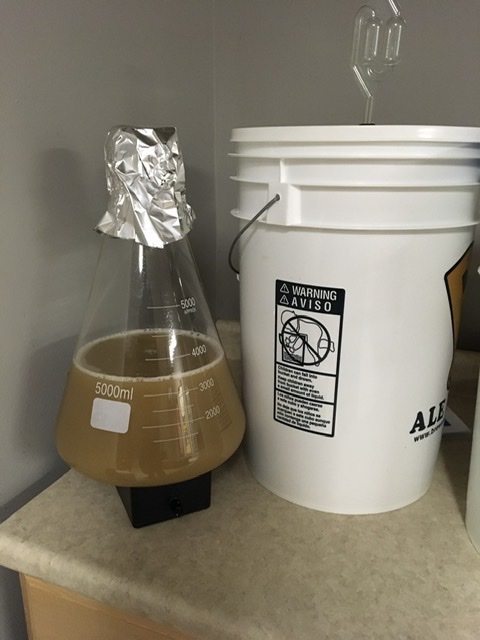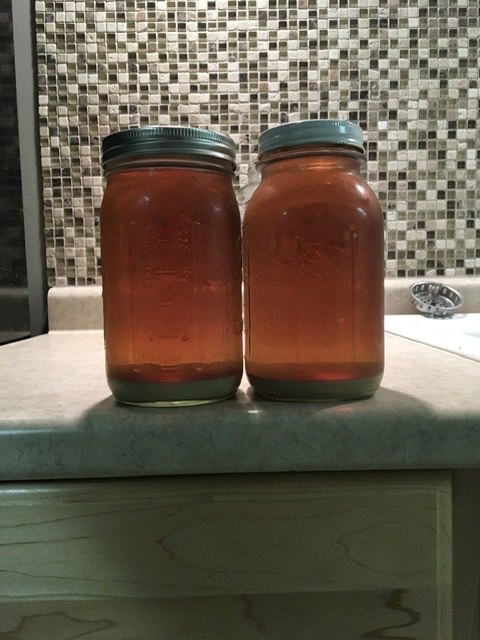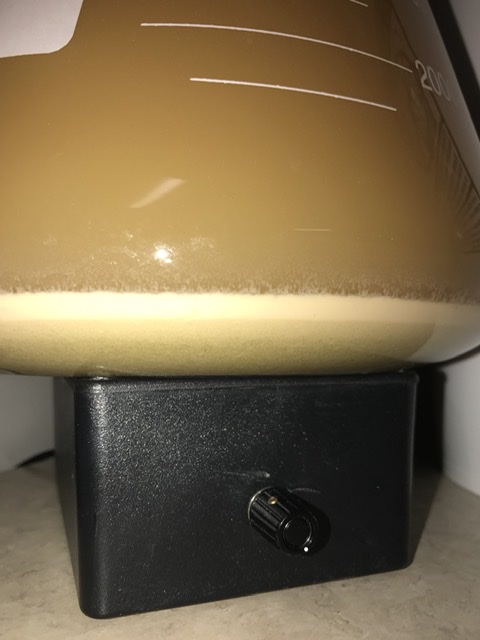I used to look at yeast viability numbers daily for a very large brewery and would rarely see 99-100% viability in harvested slurry, even for the most dialed in fermentations. For home brew collected yeast, it's more like 70-90% and bottom collected slurry harvested from a beer that was on the yeast cake for weeks is typically lower than that. It is common to see around 10-20% reduction in viability for each month the slurry is in storage, especially at temps above 40F. At temps close to 32F, an extremely healthy slurry will see little reduction in viability until it runs out of glycogen and trehalose, ect, but there can still be fermentation issues. Most breweries only store yeast slurry for 1-2 weeks and some only for 24 hrs. The things that kill yeast viability are time, temperature (>40F), oxygen exposure, and poor yeast nutrition; like harvesting from a less ideal fermentation.
And while yeast from an old yeast slurry will eventually start fermentation, there will be fermentation issues;
slow attenuation, poor yeast growth, high SO2, high acetaldehyde, diacetyl, ect. On the surface everything looks fine but problems are unavoidable.
A better method of storage, IMO, is to selectively harvest yeast via a conical or by selecting the top portion of the yeast cake to avoid trub. When possible, top crop ale yeasts. Store this yeast either directly under the beer it fermented for use within a week, or use a dilute solution of sterlized water and the same beer for more than a week. Anything stored longer than a month gets tossed out or a portion thereof is used in a yeast starter to grow it back up.








